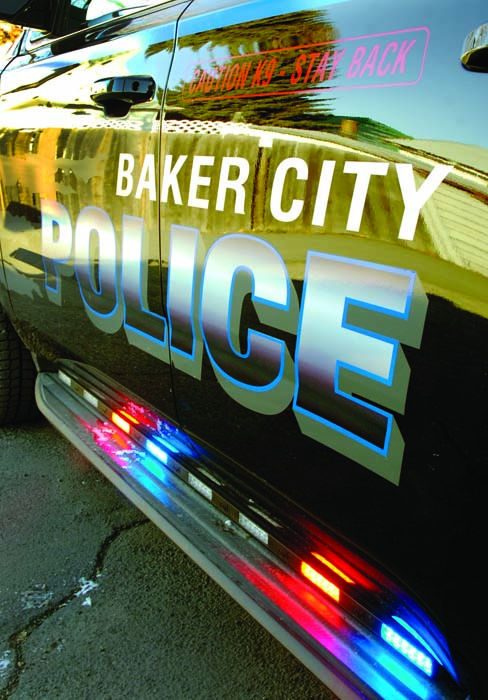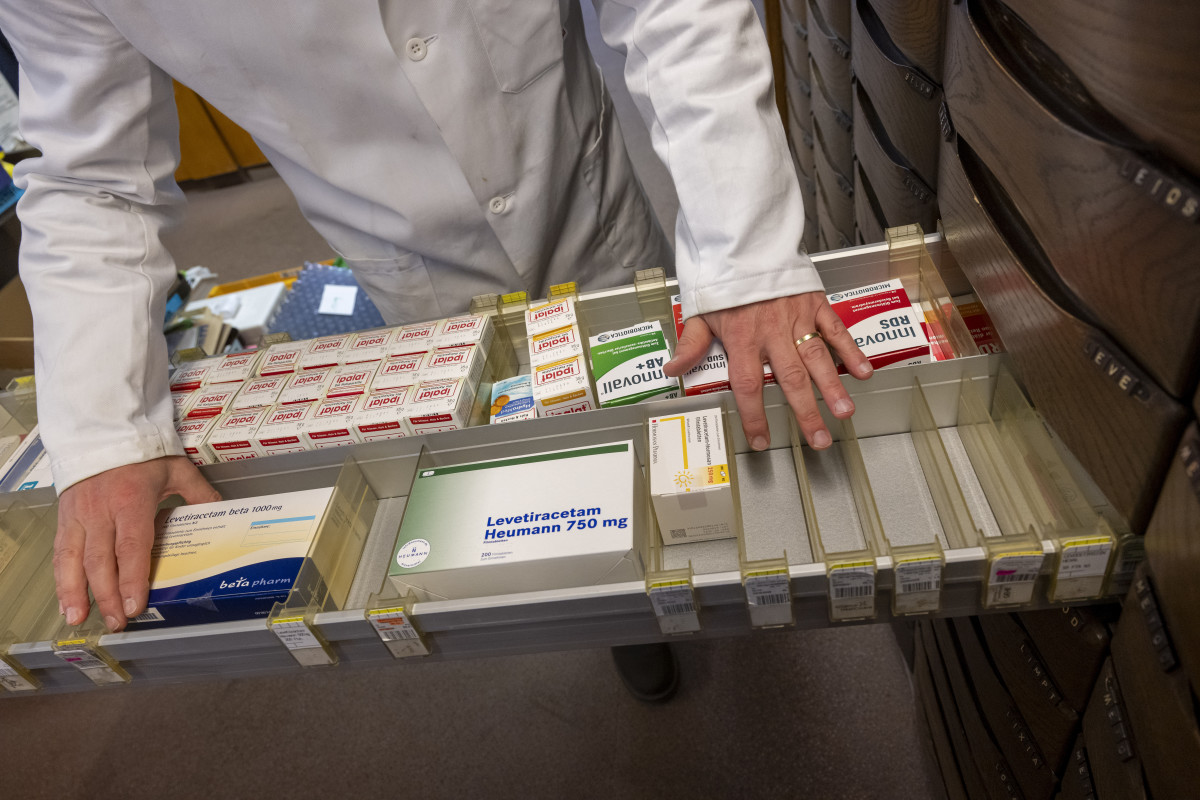City’s bumpy dilemma
Published 12:00 am Tuesday, April 15, 2008
Baker City’s streets are getting bumpier.
Trending
And the bumpier those streets become, the bigger the bill to smooth them.
Consider: To keep a street in good or very good shape, the city needs to apply a fog-sealant liquid occasionally. That costs 51 cents to 84 cents per square yard of asphalt.
Now consider a street that’s in fair shape. To restore that street to good or very good condition, the city would need to chip seal the street. That runs $2.30 to $5.18 per square yard.
Trending
You don’t need calculus, or even algebra, to figure out that procrastinating, as regards taking care of streets, can get pretty expensive.
Unfortunately, Baker City has had to procrastinate for more than a decade.
City officials estimate that maintaining all streets in good or very good shape would cost about $1 million per year.
But the city spends slightly less than half that much.
It’s hardly surprising, then, that the mileage of streets which the city rates as fair more than doubled between 2006 and 2007, to 15.69 miles last year. That’s 26 percent of the city’s paved streets, and the highest mileage rated as fair since 1985.
Bottom line: Baker City needs to spend more money on its streets.
Getting that money isn’t so simple, though.
Now it’s true that the City Council just last month decided to spend $660,000 on a building for the police department.
But that money would not have solved the city’s dilemma. Even if the city had spent the whole $660,000 for streets, those dollars would have covered barely one year of the maintenance backlog.
The city could divert more dollars from its general fund, but that probably would force officials to spend less on the two biggest recipients of general fund money: the police and fire departments.
We like smooth streets, but a full complement of police officers and firefighters/ambulance crews is more important.
The city can’t legally tap its water and sewer departments to pay for street repairs (or any other purpose besides the water and sewer systems, for that matter).
What the city needs, then, is a new source of money that’s available every year.
It needs a new tax, to be blunt.
The city’s Public Works Advisory Committee recommends the City Council consider instituting a 2-cents-per-gallon tax on gasoline and diesel fuel sold within the city limits (such a tax would not apply to commercial diesel that the big rigs use, or to diesel that farmers pump into their tractors and combines).
A local gas tax has certain advantages, chief among them that it ensures travelers and others who don’t live in the city share the cost for maintaining streets with city residents.
But a gas tax isn’t the best solution.
First, the tax would saddle local stations with the potentially expensive hassle of keeping records.
Second, a two-penny tax, though a pittance compared with current fuel prices, could put stations at a competitive disadvantage to sellers in Ontario and La Grande, neither of which charges a local gas tax.
And third, it seems likely, based on statistics that an employee from Baker Truck Corral gave to city councilors last week, that the 2-cents-per-gallon tax would generate less than 15 percent of the estimated $500,000 per year the city needs to put its network of paved streets on a proper maintenance schedule.
The better option is adding a monthly street tax to customers’ water/sewer bills.
A tax of $2 per month for homes and $4 per month for businesses would raise about $120,000 per year, according to city statistics.
We do have one caveat, though, and it’s a significant one: The City Council should refer the street tax to voters rather than imposing it from City Hall.
We think city officials can and should make a compelling case to voters why they should spend $24 per year to fix the streets they use every day.
The statistics we cited above could be the centerpiece of the campaign, in fact.
There would be fewer hard feelings if the people the city expects to pay the bill get a chance to say whether they want to pay it.
Fewer potholes, too.









